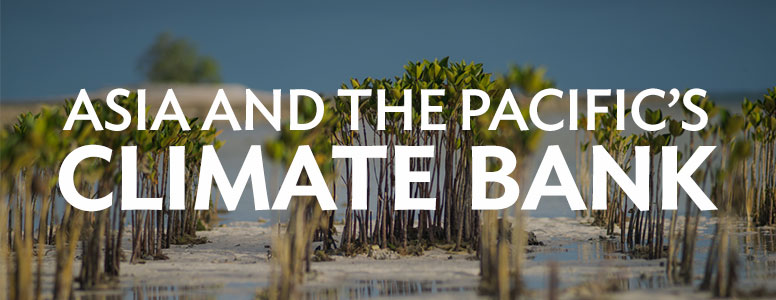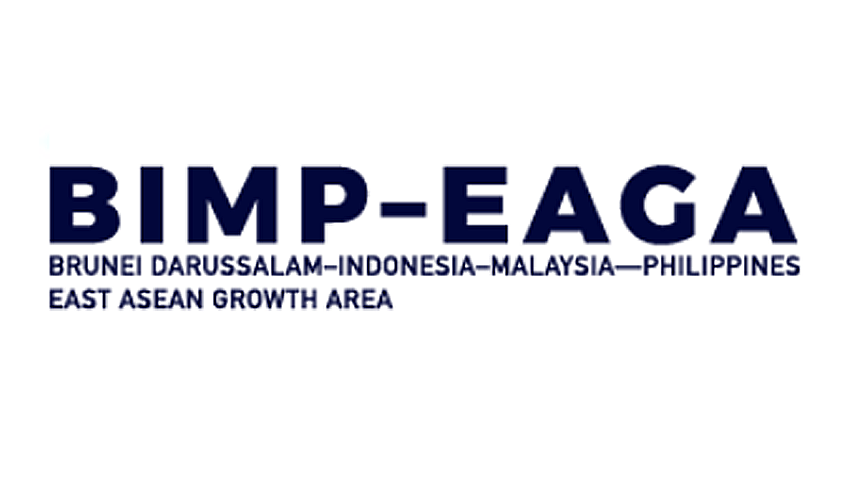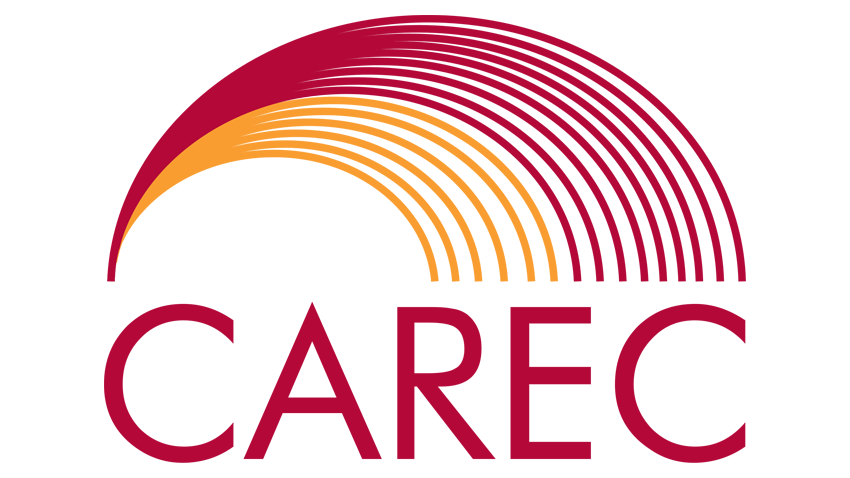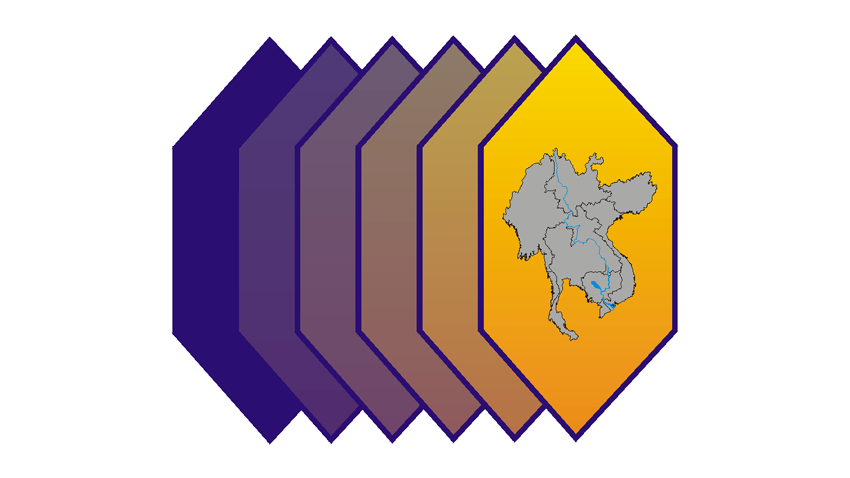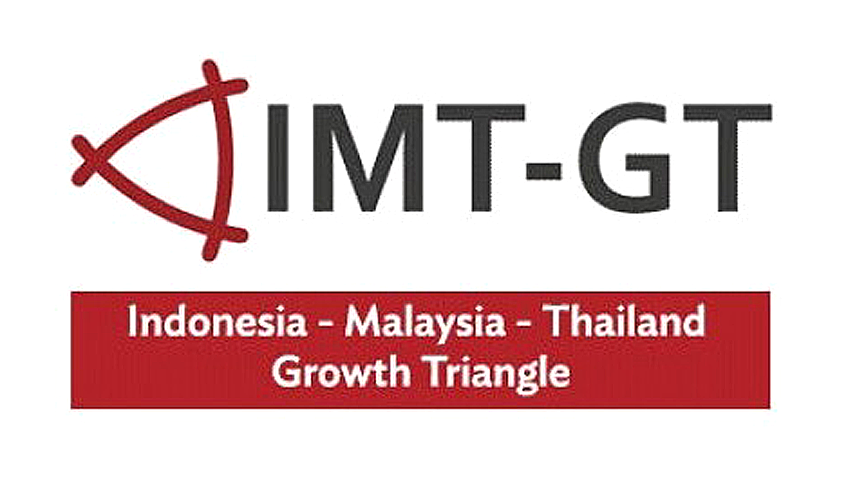Regional Cooperation and Integration (RCI)
Across Asia and the Pacific, ADB is working to promote cross-border infrastructure, trade integration, financial links, and regional public goods.
South Asia Subregional Economic Cooperation (SASEC)
The South Asia Subregional Economic Cooperation (SASEC) program brings together Bangladesh, Bhutan, India, Maldives, Myanmar, Nepal, and Sri Lanka in a project-based partnership that aims to promote regional prosperity, improve economic opportunities, and build a better quality of life for the people of the subregion. SASEC countries share a common vision of boosting intraregional trade and cooperation in South Asia, while also developing connectivity and trade with Southeast Asia through Myanmar, to the People’s Republic of China, and the global market.
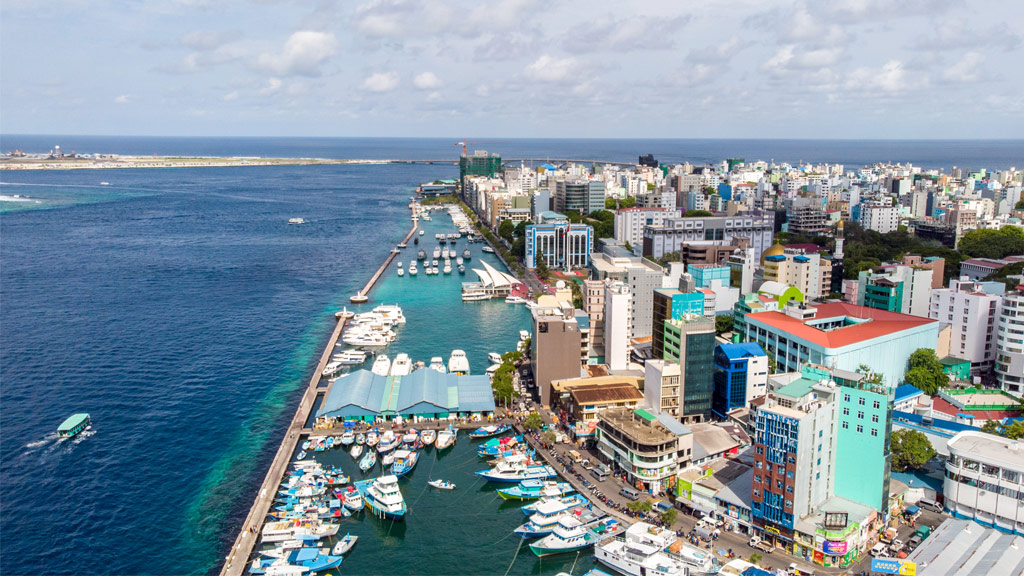
Improving trade and energy security
SASEC seeks to strengthen multimodal cross-border transport networks that boost intraregional trade and open up trade opportunities with East and Southeast Asia. The program helps build modern and effective customs administration that speeds up the time and reduces the costs of moving goods, vehicles, and people across borders. Better connectivity will help unleash the tremendous potential for mutually beneficial trade between the seven SASEC countries, which remain some of the least economically integrated in the world.
SASEC also assists member countries in improving energy security by developing infrastructure and promoting intraregional power trade to reduce costs and import dependence.
Developing economic corridors
In 2016, the SASEC countries approved the SASEC Operational Plan 2016-2025, a 10-year strategic roadmap, which introduced Economic Corridor Development as a fourth sectoral area of focus, to promote synergies and linkages between economic corridors across SASEC countries. This will help optimize development gains in the subregion, including industrial growth and competitiveness, the creation of high-quality jobs, increased productivity, and strengthening existing value chains.
Promoting health security
SASEC added Climate, Pandemic, and Disaster Resilience to its list of operational priorities during the 2022 meeting of nodal officials. The decision was born from the experience of regional trade disruption caused by the COVID-19 pandemic. The One Health initiative, through regional disease surveillance and exchange of information among SASEC countries, aims to improve the coordination of their responses and minimize future disruptions to trade flows.
More than a decade of cooperation
SASEC members gather regularly to discuss and address shared interests, creating support and ownership for the program at the policy level as well as practical collaboration at the technical working level. Over a decade of successful cooperation has built confidence and mutual trust through various discussion platforms that decide on coordinated actions for the benefit of all. ADB serves as the SASEC Secretariat.
As of December 2023, SASEC countries have implemented 86 regional projects worth over $20.54 billion in the energy, economic corridor development, transport, trade facilitation, health, and information and communications technology sectors.
What's New
-
| Publications, Brochures and Flyers
Asian Development Bank and the Maldives: Fact Sheet
-
| Brochures and Flyers
Asian Development Bank and Bhutan: Fact Sheet
-
| Publications, Brochures and Flyers
Asian Development Bank and Bangladesh: Fact Sheet
-
| Publications, Brochures and Flyers
Asian Development Bank and Nepal: Fact Sheet
-
| Brochures and Flyers
Asian Development Bank and India: Fact Sheet
Follow on Social Media
Other Subregional Programs
ADB serves as secretariat or advisor for the following subregional programs.
Brunei Darussalam-Indonesia-Malaysia-Philippines East ASEAN Growth Area (BIMP-EAGA)
The BIMP-EAGA initiative was launched in 1994 as a cooperation initiative to close the development gap across and within the EAGA member countries.
Central Asia Regional Economic Cooperation (CAREC) Program
The CAREC Program is a partnership of 11 countries and development partners working together to promote development through cooperation, leading to accelerated economic growth and poverty reduction.
Greater Mekong Subregion (GMS)
The GMS is a natural economic area bound together by the Mekong River, covering 2.6 million square kilometers and a combined population of around 326 million.
Indonesia-Malaysia-Thailand Growth Triangle (IMT-GT)
Indonesia, Malaysia, and Thailand are neighbors sharing close historical, cultural, and linguistic ties.

